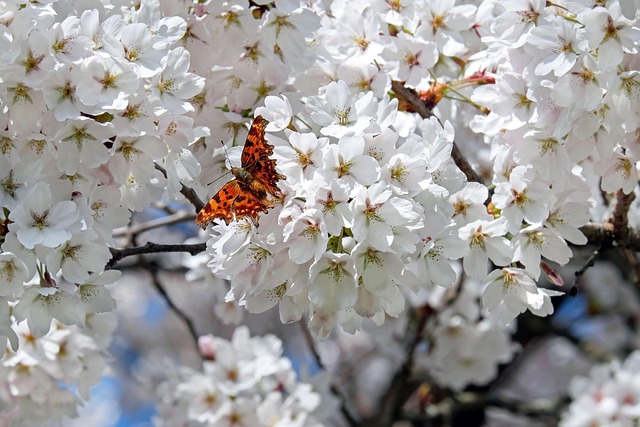Psocids, or book lice, prefer humid, dark environments and feed on starchy materials. They can infest various locations, posing a challenge due to their rapid breeding. Effective pest control for psocids involves disrupting their habitat through improved ventilation, dehumidification, sanitation, and sealing entry points. Regular cleaning, maintaining low humidity, and early detection are preventive measures. For severe cases, targeted treatments like heat or insect growth regulators (IGRs) by professionals are recommended. Long-term prevention includes regular inspections, addressing moisture issues, using specific pest control products, and eliminating hiding spots to avoid reoccurrence.
Struggling with an invasion of psocids? These tiny insects can quickly turn into a major nuisance, but expert advice on pest control is within reach. Learn effective strategies to reduce humidity—a key component in their survival—and eliminate other inviting conditions. From understanding psocid habitat and prevention techniques to targeted treatments and post-infestation environment maintenance, this guide offers comprehensive solutions for pest control for psocids.
Understanding Psocids and Their Habitat
Psocids, often referred to as book lice or rice weevils, are tiny insects that thrive in humid and warm environments. Understanding their habitat is a crucial first step in implementing effective pest control for psocids. These pests prefer dark, hidden areas where they can feed on starchy materials like paper products, textiles, and stored grains. They are highly adaptable and can survive in various settings, from libraries and museums to food storage facilities and homes.
Their ability to breed rapidly makes them challenging to eliminate once established. To disrupt their habitat and reduce humidity, which is a key factor in their survival, consider improving ventilation, using dehumidifiers, and maintaining proper sanitation. Regular inspections and prompt cleaning of spills or leaks can also help prevent psocid infestations by eliminating potential food sources and hiding places.
Prevention Strategies for Effective Pest Control
Prevention is key when it comes to effective pest control for psocids. Regular cleaning and maintenance are essential strategies to keep these pests at bay. Vacuuming floors, carpets, and furniture regularly helps remove dust and other debris that may attract psocids. It’s also crucial to wipe down surfaces, especially in kitchens and bathrooms, to prevent the buildup of organic matter, which serves as a food source for these tiny invaders.
Additionally, sealing entry points and cracks in walls, windows, and doors is vital. Psocids can infiltrate even the smallest gaps, so using caulk or sealing materials can significantly reduce their access. Maintaining low humidity levels in your environment is another effective method, as psocids thrive in moist conditions. Regular monitoring and early detection of any psocid activity will make control measures more manageable and successful.
Targeted Treatments and Professional Interventions
When dealing with persistent psocid infestations, targeted treatments offer a more precise approach compared to general pest control for psocids methods. This involves identifying and treating specific areas where psocids are prevalent, such as cracks, crevices, and hard-to-reach corners. Professional interventions take this a step further by employing specialized equipment and expertise to eradicate psocids and their eggs from every corner of a structure.
Pest control specialists use advanced techniques like heat treatments, which systematically eliminate psocids by raising the temperature in infested areas beyond their survival range. Additionally, they may employ insect growth regulators (IGRs) that disrupt the psocid life cycle, making it an effective long-term solution for these persistent pests. These professional interventions are crucial when dealing with severe or recurring psocid infestations.
Maintaining a Psocid-Unfriendly Environment Post-Infestation
After successfully treating an infestation, maintaining a psocid-unfriendly environment is paramount to prevent reoccurrence. Key measures include regular cleaning and thorough ventilation to reduce moisture levels and eliminate hiding spots. Using pest control products specifically designed for psocids, such as those containing pyrethrins or insect growth regulators (IGRs), can help disrupt their life cycle.
Additionally, repairing any leaks, improving drainage around the property, and ensuring proper ventilation in attics and crawl spaces create an inhospitable environment for these tiny intruders. Regular inspections and prompt action against any signs of a new infestation are essential to maintain a psocid-free space effectively with pest control for psocids.
In addressing pest control for psocids, understanding their habitat and implementing targeted strategies are key. By combining prevention methods with post-infestation environment management, you can create a psocid-unfriendly space. Remember that consistent vigilance and professional interventions when needed are essential to effectively managing and preventing future psocid infestations.
